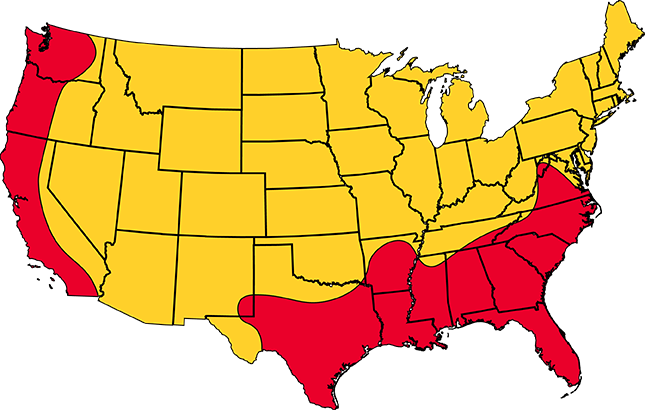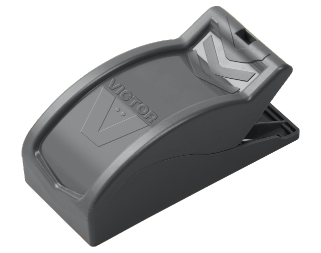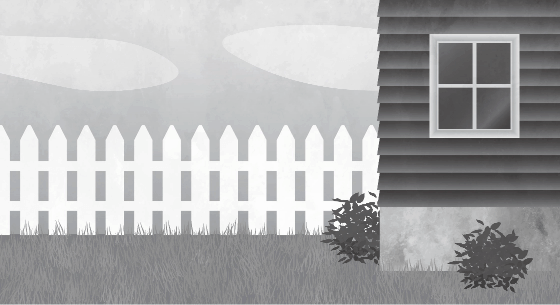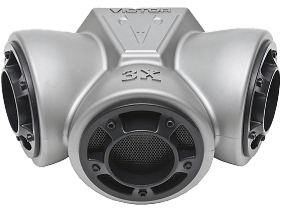How to Catch a Rat
Discovering rats in your home or business can be a traumatic experience. In addition to the physical damage they can do to the property, rats can spread disease and create unpleasant odors throughout the area. Thankfully, once you identify the problem, there are many options available for catching a rat.
Identification
Begin by identifying the type of rat that is causing the problem, determining its high traffic areas and selecting the rat trap that best meets your circumstances and needs. The following information will guide you through the process of getting rid of rats in your home or business.
Where do you live?

What does the rat look like?
Norway Rat
Roof Rat
Where are you seeing signs of activity?

Roof Rat
- Nests in higher elevations
- Outdoors: shrubs and trees (dead palm fronts)
- Indoors: attics, ceiling voids and upper portions of buildings
- Nocturnal
Norway Rat
- Nests in lower elevations
- Outdoors: burrows in soil and sewers
- Indoors: basements and lower portions of buildings
- Nocturnal
Droppings
Norway rat
Roof rat
Other Signs to Look For
- Smudge marks from fur along baseboards or travel paths
- Gnaw marks on corner of walls, floor joists, and wall studs
- Strong musty odors
- Unusual scratching sounds
Trapping Options
Once you have determined whether it's a Roof Rat or a Norway Rat and identified its activity areas, use the information below to determine the type of rat trap that will best meet your needs.
Shop All Trapping OptionsElectronic Traps
Benefits of Electronic Traps
- Humane, high-voltage shock quickly kills rodent
- No chemicals or poisons
- No-touch, no-see design
- Trap is reusable or disposable
- Easy-to-use: bait, place, turn on, empty
- High efficacy
Kill Method Kill Chamber Size

standby mode Humane, 7,000 volt shock Large

standby mode Humane, 8,000 volt shock Large

Indoor-Outdoor Electronic Trap
standby mode Humane, 6,000 volt shock Large
standby mode Humane, 6,000 volt shock Large kill chamber
Electronic Trap Tips
- Place along walls or in high areas for best results
- Most electronic traps are for indoor use only; for outdoor trapping, try the Victor® Zapper Max™
- Use with caution around children and pets
Snap Traps
Benefits of Snap Traps
- Consistent quality from a century-old brand
- Proven design
- Ideal for runway trapping
- Can be used indoors or outdoors
- No chemicals or poisons, can be used around children or pets
- Traps are reusable or disposable
- Economical


Snap Trap Tips
- Best used in clusters of 2 or 3 in high activity areas
- Be sure to secure the trap to the floor
- Use with caution around children and pets
Baiting Tips
- Use only small amounts of bait for the best results
- It's best to leave traps baited, but not set, in high activity areas for 2-3 days, this will allow the rats to become comfortable with the new object
- Norway rat baits: hot dog, bacon, beef stick, peanut butter
- Roof rat baits: nuts, peanut butter, dried fruit, berries
Prevention Tips
The best way to handle a rat infestation is to prevent it from occurring in the first place. Eliminating the opportunities for rats to enter your home or business and making it unpleasant for them to nest or feed there are the best ways to stop an infestation before it begins. Here are some tips for making sure the infestation doesn't recur.
Indoors

- Thoroughly clean kitchen and other areas where food is stored and consumed
- Make sure all food storage containers (including pet food, bird seed, etc.) are tightly sealed
- Store belongings off of floor to eliminate potential shelter areas
- Rodent-proof hard to reach areas that are often neglected
- Clean pet bowls at night
Outdoors

- Trim overgrown vegetation and shrubbery until ground underneath is visible
- Remove debris such as rock or brush piles and old equipment
- Elevate lumber and firewood at least 18 inches and away from the house
Seal Off Entry Points
- Keep garage doors closed
- Trim tree branches back from roof line
- Screen off chimneys and vents
- Fill in any hole larger than a quarter
- Sealant materials: steel wool, caulk, sheet metal, and concrete
Ultrasonic Repellers
 PestChaser® Ultra Rodent Repeller
PestChaser® Ultra Rodent Repeller
